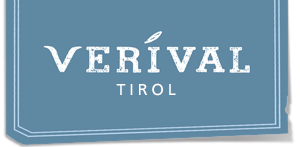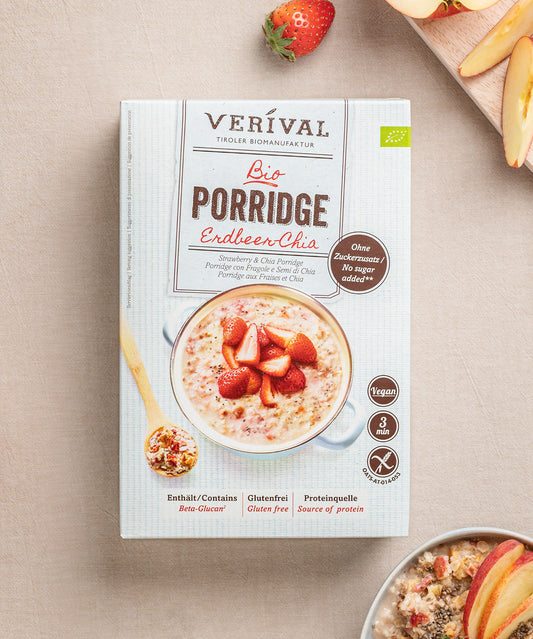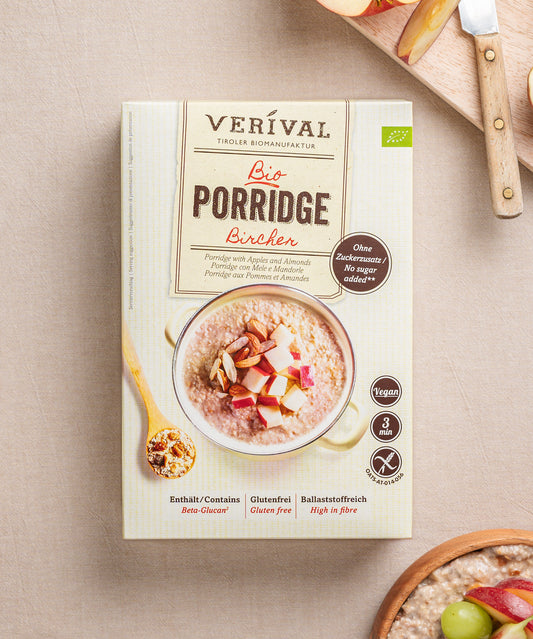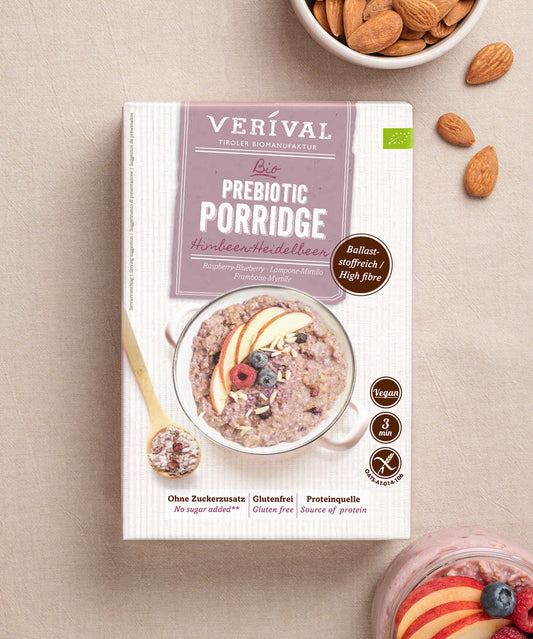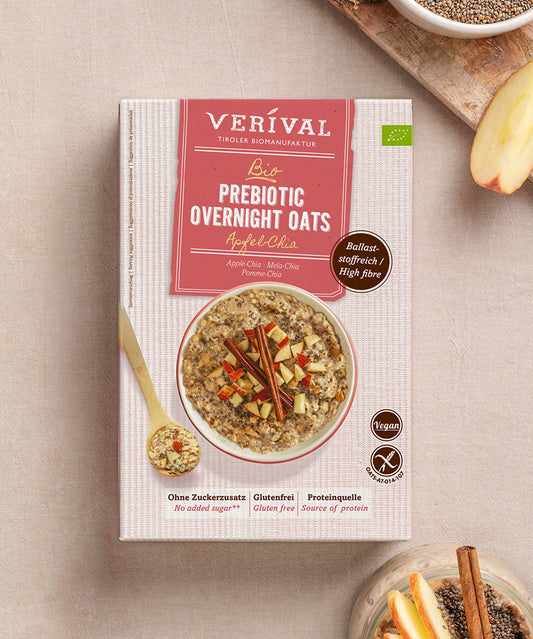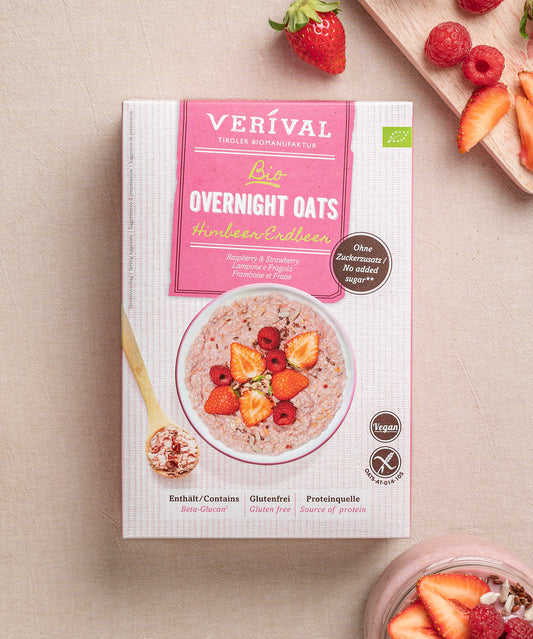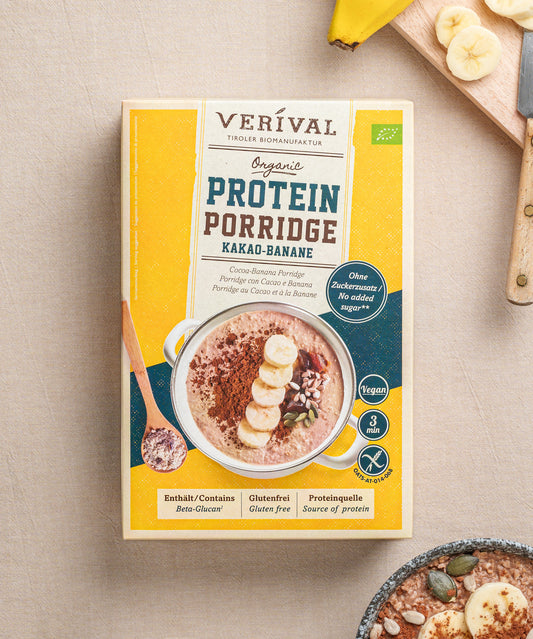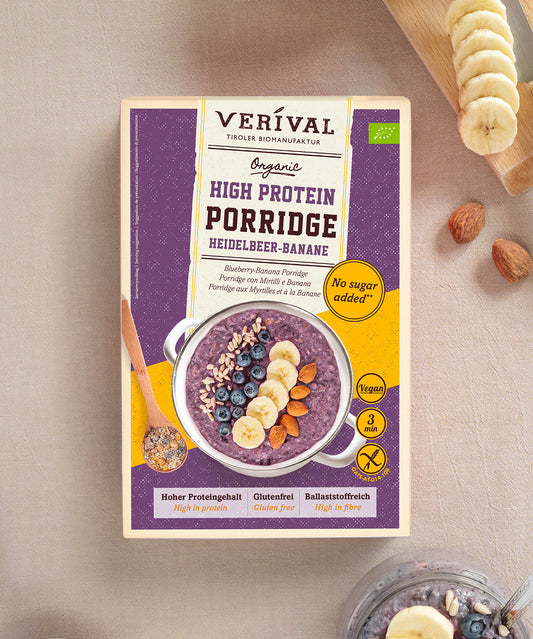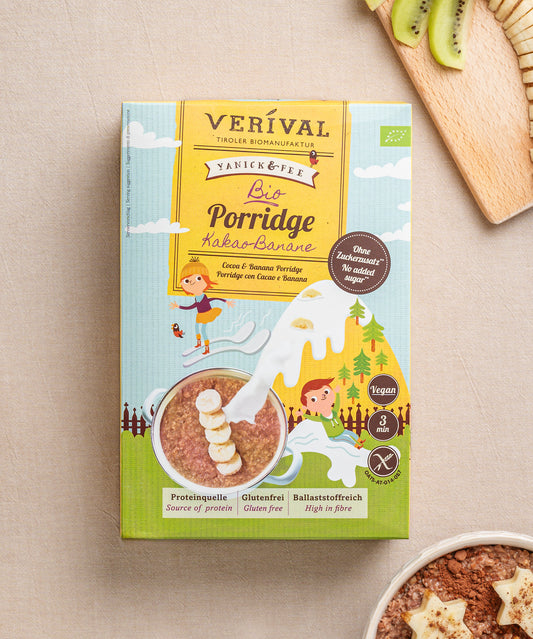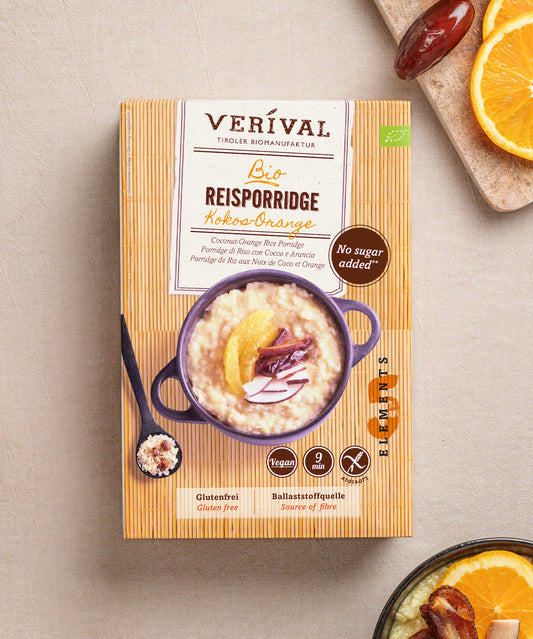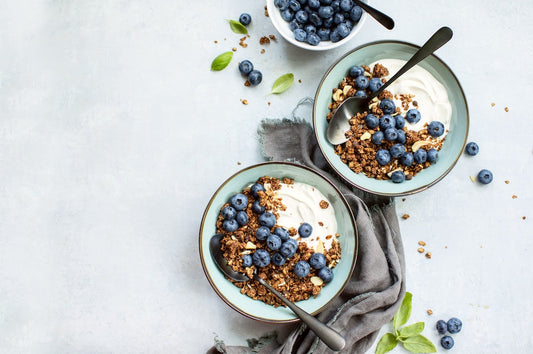Every person is different. A nutrition plan is often expensive or comes from dubious coaches on the internet. But it can be enough to start by creating your own nutrition plan and weekly schedule. You can adapt it to your individual needs and thus achieve your goals on your own. Whether you want to lose weight or build muscle, we have the most important nutrition tips for you. If you have certain health issues, then it is of course advisable to consult a specialist in nutrition counseling or a doctor.
There is no one diet plan that is right for everyone. It is also important to consider whether someone wants to eat a vegetarian or low-carb diet. Whether someone has to take intolerances into account or whether a vegan diet is desired. It may also be that someone wants to live “clean eating” and wants unprocessed foods on their menu. It is important to consider all the factors for an individually correct diet. Because a good nutrition plan is not just about counting calories!
CTA: How to eat a healthy diet – watch now
To the perfect nutrition plan – with these 9 steps
If it's your first time sitting down to write your own nutrition plan, it can be overwhelming. That's why we've put together a step-by-step guide to help you create your own personalized nutrition plan. Let's get started!
1. Get to know yourself and your body
The first step is to get to know your own body. What are your strengths? What would you like to change? What is your attitude towards nutrition?
It doesn't make sense to nitpick every little thing about yourself and want to change everything. Instead, it makes much more sense to first take a good look at how you see yourself and reflect on yourself and your attitudes towards nutrition and your body
This will help you to recognize whether your wishes and ideas are driven by external factors or whether they come from within. Wanting to lose weight just to please someone else is not a good starting point.
Really think about what you want for yourself, regardless of what others might think.
2. Calculate your BMI
If you find this difficult, it's not a problem. For an initial estimate, you can simply use a BMI calculator. This will quickly show you whether you are within the normal range for your height or whether you are above or below it.
However, keep in mind that the BMI calculator does not take a lot of things into account. The result of the calculation is therefore not absolute. Just because you are slightly above the “normal range” does not mean that your body weight is unhealthy.
There are simply too many factors involved for such conclusions to be drawn. However, the BMI calculator does provide you with an initial reference value that can serve as a starting point.
3. Calculate your calorie requirement
Another important step is to calculate your personal calorie requirement. You can either do complicated calculations based on nutrition science books, or you can simply use our Verival calorie calculator.
Based on a few details about your age, height, weight and activity level, the calorie calculator will work out your personal requirement. Again, the resulting value is a good initial reference point.
No calculation in this context is 100 percent accurate. However, you can use the calculated requirement as a basis and then gradually adjust it to your individual needs.
4. Familiarize yourself with your current diet
People resist change. Before you start with your goals and the specific nutrition plan, you should first familiarize yourself with your current diet. The best way to do this is to keep a food diary for a period of two weeks, for example. This way you can assess the current situation and the records will help you break out of ingrained habits.
CTA: How to have a healthy breakfast – discover now
Use an app or write down what you eat and drink – this way you will quickly see how balanced and varied your diet is. But you will also see how many calories you consume every day.
These insights will help you later to adapt your habits to your new goals.
5. Set clear goals and adjust your calorie needs
People need goals: after you have worked through the first four points, you should now be clear about what you want to achieve.
Nutrition plan – muscle building: For example, if you want to increase your muscle mass and thus gain weight, you should consume a little more calories than the calorie calculator has given you. 200 to 500 calories have proven to be a suitable amount. In addition, you should of course follow an appropriate training plan that supports you in building muscle.
If your calorie requirement is 2,500 calories according to the calorie calculator, you should consume between 2,700 and 3,000 calories to gain weight healthily and build muscle effectively.
Nutrition plan – weight loss: On the other hand, if you want to lose weight with your healthy diet, you do exactly the opposite – you create a calorie deficit. Instead of adding the 200 to 500 calories to the calculated calorie requirement, you simply subtract them. So, for example, the required amount of calories is now between 2,000 and 2,300 calories per day to lose weight healthily. In addition to your diet (in which you consume fewer calories), endurance sports can help you to increase your calorie consumption and lose weight.
If, on the other hand, you are not pursuing either of these goals, but simply want to eat a more balanced and healthy diet, it is best to eat the amount of calories that the calculator has presented to you.
6. People are complex – choose the appropriate macronutrient distribution
Depending on your goal, you should now set about selecting the appropriate composition of macronutrients.
As a reminder, macronutrients are the nutrients that provide you with energy; i.e. fat, carbohydrates and proteins.
There are different ways to achieve each goal, as long as you consume the optimal amount of calories. If you want to build muscle and therefore need more calories, you can increase your intake of healthy fats – they are full of calories, which means you don't have to eat quite as much.
The opposite is also possible. If you feel like eating a lot but don't want to consume too many calories, it's best to reduce the amount of fat you eat.
Remember that macronutrients have different energy densities:
| 1 gram of carbohydrates | 4 kilocalories (kcal) |
| 1 gram of proteins | 4 kilocalories (kcal) |
| 1 gram of fat | 9 kilocalories (kcal) |
7. Create your personal repertoire of foods – what will be on your diet and therefore on your shopping list?
Now you can start choosing foods that match your calorie and nutrient goals. So, below is a selection of products, categorized by their calorie content.
| Higher-calorie foods | Lower-calorie foods |
| Nuts and seeds |
Low-fat cottage cheese and low-fat natural yoghurt |
| Pasta, rice and pseudo-cereals (quinoa, buckwheat, etc.) | Water-rich fruit and vegetables, e.g. berries, cucumbers, lettuce, tomatoes, etc. |
| Fish and fatty meat | Low-fat meat, such as chicken or turkey |
| Crisps, soft drinks, ice cream and other junk foods | Certain legumes, such as beans |
Of course, you don't have to avoid nuts if you want to lose weight. However, it's good to know that you should eat such foods in moderation rather than in masses.
Many high-calorie products contain valuable nutrients that you would otherwise miss out on. As always, the dose makes the poison.
Besides, you don't intuitively consume a lot of some foods anyway. This also applies, for example, to nuts, which are very filling due to their high fat and protein content. The only foods that are dangerous are salted and roasted nuts and crisps – because these trick the taste buds and the reward center in such a way that you keep eating if you're not careful.
Planning ahead and appropriate meal prep are often helpful.
8. Nutrition – plan it in advance – a weekly plan helps.
To avoid unnecessary pitfalls when losing weight or building muscle, a plan tailored to your goals is recommended. This doesn't necessarily mean the nutrition plan itself, but rather whether you'll be eating out or at home.
Because if you know that you will be spending three days in the office and two days in your home office next week, you will of course have to plan your meals differently. For example, you could have a small meal at lunchtime in the office and then cook a big meal in the evening.
Or you can opt to prepare your meals. This way, you can avoid the canteen or going hungry during the day and can simply take your delicious food from home with you to the office.
9. A meal plan can be fun: choose your favorite recipes for meal prepping
If you often eat outside your own four walls, it's best to find your favorite recipes and analyze them to see if they're suitable for meal prep.
Depending on what kitchen utensils you have at work, different dishes will be suitable for preparing.
For example, if you don't eat breakfast until you get to the office, you can prepare delicious overnight oats for yourself. You can enjoy them cold and simply prepare them the day before.
The big advantage: prepared food is not only cheaper than buying it in the cafeteria, canteen or restaurant; it often tastes better and is also tailored to your nutritional preferences.
4 tips and tricks for an even more personalized nutrition plan
After working through all these steps, you now have the perfect foundation for your nutrition plan and a balanced diet. Ideally, this alone should help you achieve your goals, but we still want to share the following tips for making your nutrition plan even more personalized.
Ten tips for a healthy diet – discover them now
1. Choose a wide variety of foods
A healthy diet doesn't have to mean going without. A wide variety of foods will help you to bring variety into your daily diet and avoid monotony. This will help you to maintain your dietary changes in the long term and avoid the dreaded yo-yo effect.
Grab a cookbook: It's easy to choose from the wide selection of delicious recipes from around the world. Since every culture has its own kitchen essentials, you can put together everything exactly according to your taste, eating habits and needs.
2. A healthy diet starts with breakfast
When it comes to variety and choice, breakfast is where the list of possible recipes is particularly endless. You can combine countless flavors in a single porridge dish alone, giving you the perfect start to the day.
In general, you shouldn't skip breakfast. Because the way you start the day is often the way it goes. If you go hungry in the morning, there is a high risk that you will reach for a snack or a savory dish before noon or at lunch time at the latest that you hadn't planned for.
3. Meal Timing: Intermittent or without restriction?
In addition to breakfast, meal timing is another good variable that you can manipulate according to your needs. For example, intermittent fasting – interval fasting – may work well for some people.
This could mean, for example, only eating during a certain time window between 10 a.m. and 4 p.m. For others, regular meals are important to get through the day well.
Intermittent fasting can become a hurdle, especially if you want to gain muscle mass. This is because if you want to build muscle, you need enough calories and energy during training and physical activity.
Once again, the details depend on your goal.
4. People need goals and achievements – document your progress
Last but not least, we would like to encourage you to document your progress. This not only helps you to see whether your nutrition plan is helping you achieve your goals, but it can also help you to stay motivated during difficult phases.
Whether you take photos of yourself, write down numbers, or enter the weights you lift in the gym into an app, there is no clear right or wrong. So do what feels right for you and helps you achieve your goals in a healthy way!
